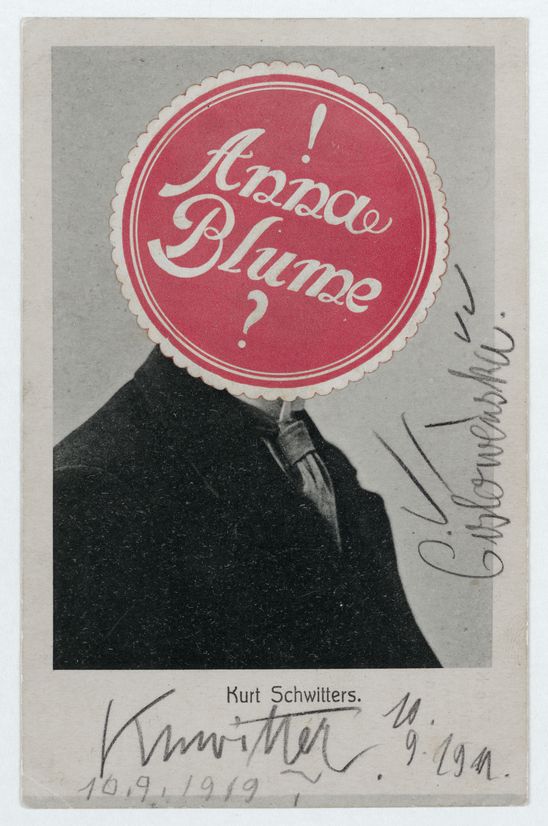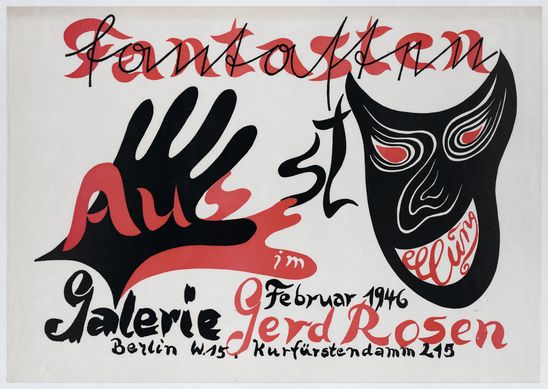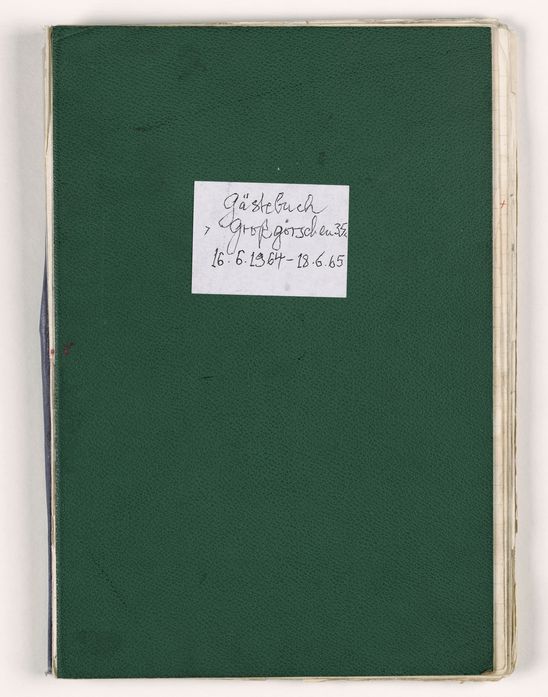When the First International Dada Fair opened on 1 July 1920, its organisers were not short of confidence. “The entire threads of international Dada will come together at this monster exhibition,” they informed the public in a press release. The catalogue for this self-acclaimed show of superlatives, held in the gallery of art dealer Dr Otto Burchard in Berlin, was designed by John Heartfield (1891–1968), known on account of his montage as “Monteurdada”.
Heartfield deliberately opted for a leaflet aesthetic in newspaper format because this was not going to be a high-brow display. Instead the brochure promised an “exhibition and sale of Dada products”, blowing the traditional notion of art to smithereens. These ‘products’ – photomontage, installations and posters – were angry responses to recent history, anti-art rebelling against bourgeois values and established opinion.
With some 180 exhibits and 31 participants, the Dada Fair was the biggest public manifestation staged by Dadaists in Germany. But Berlin’s Club Dada was soon in crisis and the movement fell apart.
Hannah-Höch-Archive
"Erste Internationale Dada-Messe"
Exhibition catalogue
Berlin 1920
Paper, printed
28,4 x 35,4 cm
Acquired with budgetary funding from the Berlinische Galerie, Berlin 1986










